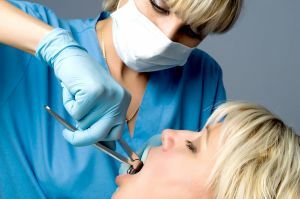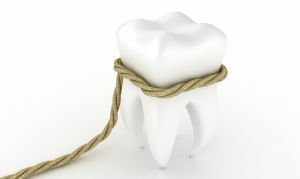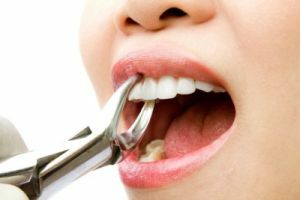 Extraction is often a dental operation, which is necessary for mature people and very green children.
Extraction is often a dental operation, which is necessary for mature people and very green children.
To date, there is a principle in dentistry that doctors are trying their best to keep a permanent tooth.
However, there are situations where it is necessary to remove even a few teeth, in this case, almost always the question arises as to how many of them can be pulled out at a time without harm to health.
About the features of dental extraction
The average duration of the extraction procedure, namely the so-called removal process, is usually 20-30 minutes. It is performed under local anesthesia, while each individual patient needs a personal approach.
Distinguish between planned and critical extraction. Planned is prescribed in cases where the teeth are not possible to cure, they are incorrectly placed and disrupt the integrity of the skin in the oral cavity, or with the forthcoming prosthetics.
Critical extraction is applicable in case of development of acute inflammatory processes.
Highlight a simple and difficult extraction. The usual removal is a fairly simple procedure, while the difficult one is the removal of broken, not broken teeth or having elongated or intertwined roots.
How many teeth can I remove per visit to the dentist?
With a positive combination of circumstances for one visit to the dentist, you can get rid of 1 to 3 teeth that can not be treated. All  depends on the specific situation.
depends on the specific situation.
It is important that there is a critical or planned extraction, and the degree of complexity of the forthcoming operation is also taken into account.
In the case of dairy and mobile teeth, you can safely remove up to 3 units at a time. In difficult cases, more than one tooth at a time is not pulled out.
Although not often, but sometimes there is a need to remove several teeth at the same time, for example, if two adjacent molars are not treatable. In such extraordinary cases, there is no specific restriction on the number of teeth removed at a time, everything depends on the patient's personal health condition, soreness, general health at a given time, personal desire.
Before the procedure, the doctor determines the number of teeth that require a cardinal decision and necessarily specifies this issue with the patient.
Extraction is quite a traumatic operation, and in the case of multiple removal in the oral cavity a gigantic wound surface appears, which is fraught with complications:
- has a high risk of getting into the infection wound;
- long healing stage;
- difficulty with chewing food.
Baby teeth can be pulled out more easily from babies, and the wound plane after the procedure heals more quickly, as a result, dentists have every chance to rip out 2-3 milk teeth at once.
When multiple extraction is prohibited.
. It is absolutely forbidden to tear more than one tooth in one visit in the following cases:
- Patient condition .A person at the time of extraction can take pharmaceuticals. Do not tear more
 of one tooth if the patient takes medications from pressure or reduces blood clotting.
of one tooth if the patient takes medications from pressure or reduces blood clotting. - Allergy to anesthetic .Intolerance of components of anesthetic agents. In this case, multiple removal is also not relevant.
- Desire of the patient .The patient always has the last word, if a person tolerates pain badly or is overcome by fear of multiple extraction, it is better to refuse.
Each extraction is a traumatic intervention and a violation of the integrity of the tissues. Hence the conclusion suggests that the more complex the operation was, the longer the rehabilitation period would last. The wounds will close longer and more painful.
It should also be taken into account that the risks of complications increase.
Thus, it is possible to conduct operative dental interventions at the same time and on 3 teeth, but if circumstances permit, it is preferable to restrict oneself to removing one.
